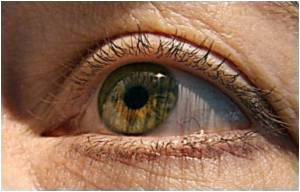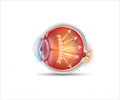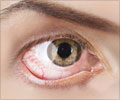
"Recent clinical studies and trials in glaucoma have advanced knowledge on risk factors for the disease. A recurring finding from these investigations is the importance of intraocular pressure for both the development of the disease in glaucoma suspects and progression in patients with established glaucoma," the authors write as background information in the article. "Evidence pertaining to risk factors and the effect of intraocular pressure reduction is derived almost exclusively from event-based or binary (progression vs. no progression) outcomes. In practical terms, it may be more beneficial to determine the effect of a risk factor or its modification on the rate of change such that the clinician can gauge the likelihood of lifetime visual disability with consideration of factors such as age, stage of the disease and life expectancy."
Balwantray C. Chauhan, Ph.D., of Dalhousie University, Halifax, Nova Scotia, Canada, and colleagues in the Canadian Glaucoma Study Group studied 216 patients with open-angle glaucoma, documenting several demographic, systemic and ocular parameters at the beginning of the study. The patients were all followed up with a standardized protocol for controlling intraocular pressure (targeting a reduction of 30 percent or greater) and then were re-examined every four months. Those who had confirmed progression of glaucoma as assessed by changes in their visual field received an additional 20 percent or greater reduction in intraocular pressure under the treatment protocol.
A total of 153 patients (70.8 percent) did not reach this end point of visual field deterioration during the study, 45 (20.1 percent) had one end point, 16 (7.4 percent) had two end points and two (.9 percent) had three end points. Having an abnormal level of anticardiolipin antibodies and being older were associated with a more rapid rate of visual change, but being female and having a higher follow-up intraocular pressure were not.
Patients who reached one end point and had an additional reduction in intraocular pressure experienced a slowing of their rate of visual field change. The magnitude of this amelioration may not have been clinically meaningful for some patients, but over 20 years, the difference would be significant. "In younger patients with more advanced damage, this difference is likely to be important," the authors write. However, there was no demonstrable effect of further reductions in intraocular pressure for patients with two or more end points.
Advertisement













